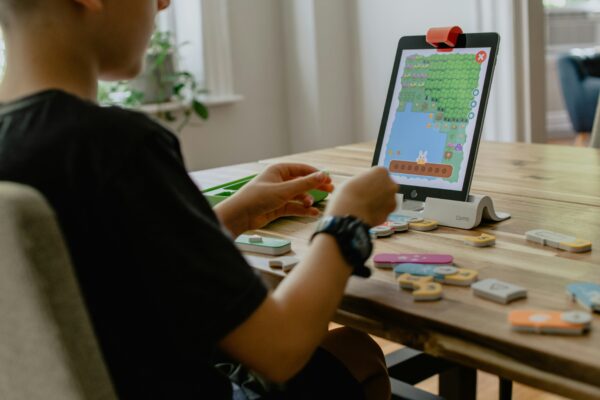Linda Ravin Lodding
Head of Communications
Read more
Opinion
Global Child Forum
October 28, 2025
I’ve spent ten years talking with and about companies and their children’s rights initiatives. If there’s one thing this decade has taught me, it’s this:
Silence is not a strategy.
If your company is proud to report on climate, shareholder value or data privacy, it’s time to be just as open about how your business affects children.
Last week’s launch of Global Child Forum’s Benchmark 2025 offers a clear mirror: how companies are performing on children’s rights across governance, workplace, product responsibility, and community & environment. The results don’t just tell us where the bar is today—they show us where leadership must go next.
We know the rule: what gets measured gets managed. But there’s a second part that matters just as much: what gets communicated gets done. Transparency isn’t a press exercise; it’s an engine for change. When leaders publicly explain their performance, acknowledge gaps, and set time-bound targets, they trigger the internal alignment and external accountability that move organizations forward.
Why children’s rights belong at the heart of business strategy
Children are not a niche stakeholder. They are workers’ families in global supply chains; they are present or future consumers; they are members of the communities where we operate; and they are the talent pipeline businesses depend on. Respecting children’s rights reduces risk (from supply chain abuses to digital harm), builds trust with regulators and investors, and strengthens business resilience. In other words, this is not philanthropy; it’s core strategy.
Transparency drives change in three ways
“But what if our score isn’t great?”
Say so—and show the plan. The riskiest position today is not a mediocre score; it’s a polished silence. Regulators are tightening expectations; investors increasingly assess how companies identify and mitigate child-related risks; and employees want to work for brands that do the right thing when no one is watching. If your current performance is mixed, own it. Share the actions you’re taking this quarter and this year, not only the vision for 2030.

Use this simple, credible structure:
Avoid vague promises and glossy language. Avoid cherry-picking what went well while burying what didn’t. And avoid “children-washing”—launching a feel-good initiative while neglecting core risks in operations or value chains. Leaders go where the hard problems are.
From disclosure to impact
The Benchmark is a map, not the destination. Use it to prioritize the few moves that matter most for your business model. For consumer tech, that might be age-appropriate design and marketing safeguards. For food & beverage, it may be upstream due diligence and community health. For telecoms, it’s online safety and privacy by design. Choose focus, fund it, and publish your progress.

A shared standard—and a shared responsibility
We built this Benchmark to enable comparability across companies and sectors, not to name and shame. Benchmarking creates a common language for boards, management teams, investors, and civil society to assess performance and push for improvement. When leaders speak openly about their results—good and bad—they make it easier for others to follow. Transparency scales impact.
The call to business is straightforward: Tell the world where you stand on children’s rights, then show how you’ll get better. If you’re strong, help pull the field forward by sharing what works. If you’re behind, say so and start. Children don’t need perfect companies; they need honest ones moving at speed.
Five practical steps you can publish this quarter
1. Disclose your Benchmark result and summarize your top three actions for the next 6–12 months.
2. Assign board-level oversight for children’s rights (committee, cadence, KPI).
3. Integrate children’s rights into enterprise risk and supplier due diligence; report on findings and remediation.
4. Design (or retrofit) products and marketing with age-appropriate safeguards and testing.
5. Engage children and youth as stakeholders in materiality and product research—then report how their input shaped decisions.
Head of Communications
Read more